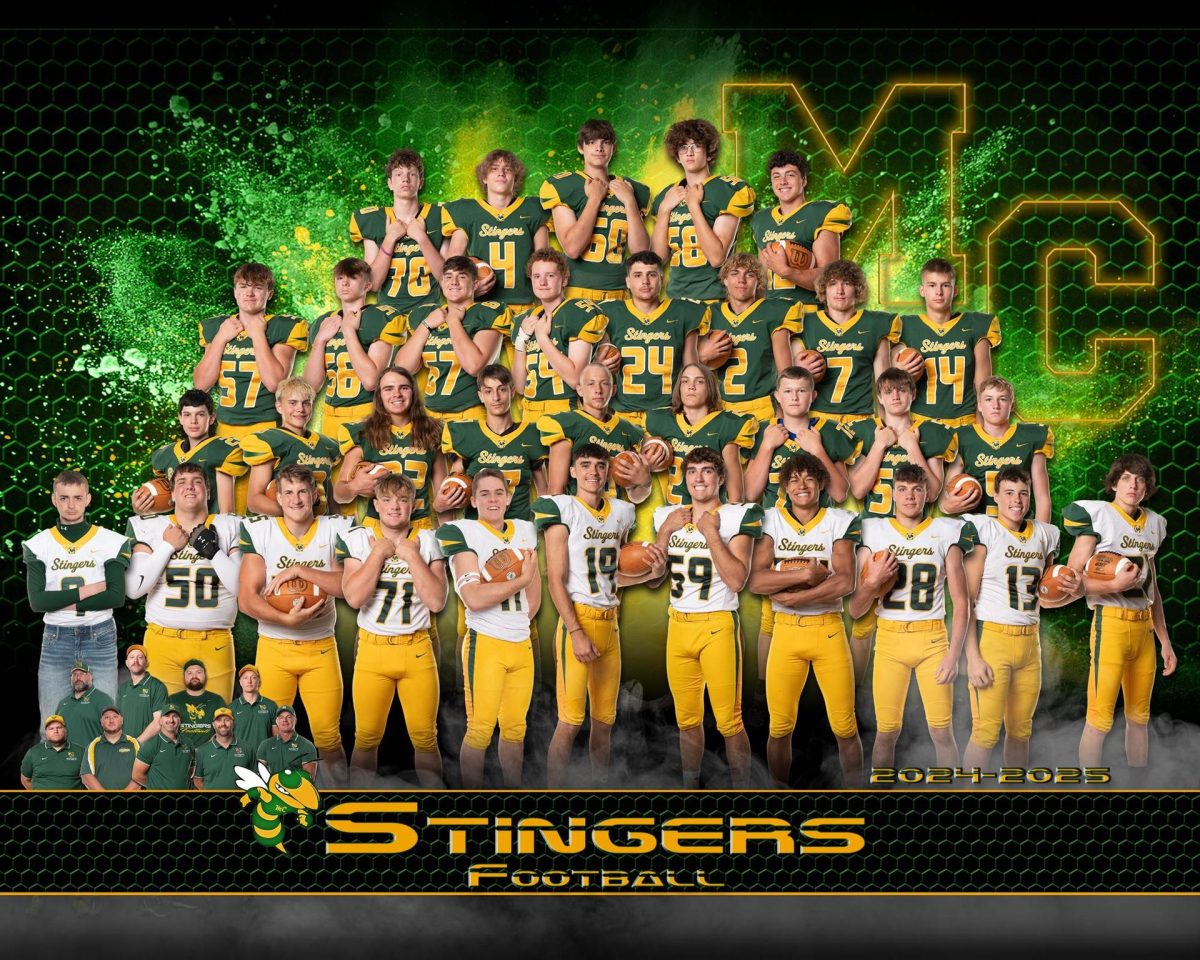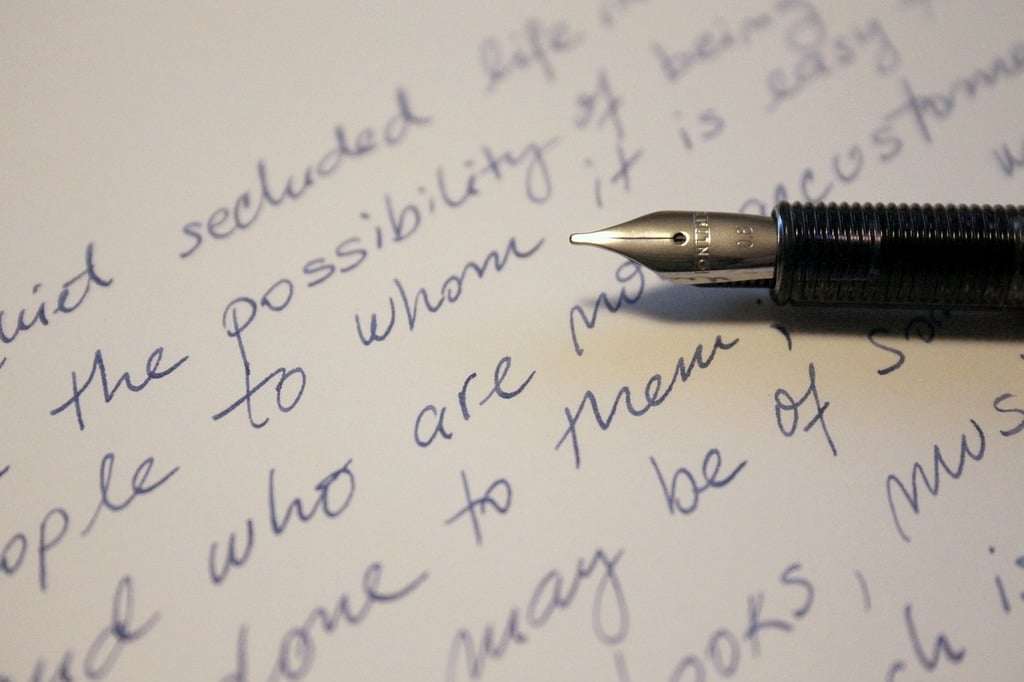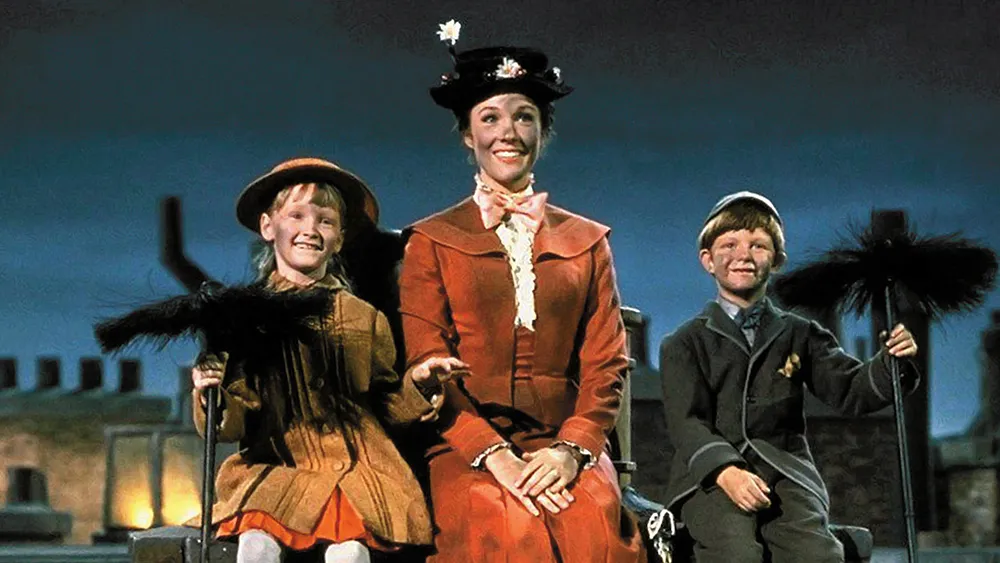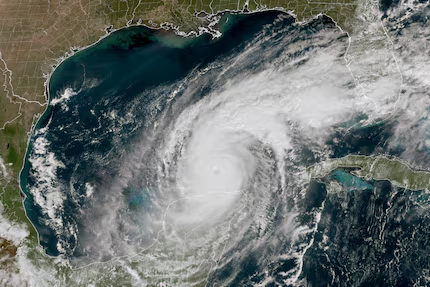Nowadays, you see people with energy drinks in school.
According to the school policy, we’re only supposed to have water in classrooms.
CDC Healthy Schools reports that energy drinks are drinks that contain large amounts of caffeine, added sugars and, additives.
Now you may be wondering..
What are additives?
Additives are substances like sugars or sweeteners that are added in high amounts. Energy drinks also contain what are called “Legal Stimulants” such as guarana, taurine, L- carnitine, vitamin B, glucuronolactone, and some other stimulants. Legal stimulants can cause alertness, attention, and energy, and could increase blood pressure, heart rate and, breathing. Caffeine is the key ingredient in energy drinks.
There are many dangers in energy drinks and some of the dangers are:
- Dehydration – not enough water in your body, and you lose more water than you consume
- Heart complications – irregular heartbeat, increased blood pressure, heart diseases, and heart attacks
- Anxiety – nervousness and jitteriness
- Insomnia – being incapable of sleeping or having complications with sleeping
The History Behind Energy Drinks
The first energy drink appeared in the U.S. in 1949 and the market expanded throughout the world, and energy drinks became popular after the launch of Red Bull in 1997. Since then, the market for energy drinks has grown dramatically and various brands have been released worldwide. The consumption of energy drinks in 2013 exceeded 5.8 billion liters in about 160 countries.
Manufacturers have shifted the consumer focus from athletes to young people. Approximately, two-thirds of people who drink energy drinks are from ages 13 to 35 years old, men between the ages of 18 to 34 consume the most energy drinks. Energy drinks are supposed to give an “energy boost” to the person who drinks energy drinks. The major constituent in energy drinks is caffeine. Most brands in the market contain large amounts of glucose. Some brands offer artificially sweetened versions.
Energy drinks are widely promoted as products that increase energy and enhance mental alertness and physical performance. There are two kinds of energy drink products. The first one is sold in containers that are similar in appearance to sodas and soft drinks. For example, a 16-ounce bottle. Then, the second kind is like an energy shot. Energy shots are sold into small 2, 2 ½ ounce oz of concentrated liquid.
Safety Concerns
- In 2007 and 2011, there were a number of energy drink emergency room visits
- In 2011, 1 in 10 people were hospitalized
- About 25% of college students binge drink significantly more often than students
- The CDC reports that people who drink energy drinks from ages 15 to 23 who mix alcohol with energy drinks are four times more likely to binge drink at a high intensity
- In 2011, 42 percent of all energy-drink-related emergency department visits involved combining them with alcohol and drugs
- Large amounts of caffeine may cause serious heart and blood vessel problems
Works Cited:
National Institute Of Medicine
National Center for Complimentary and Integrative Health





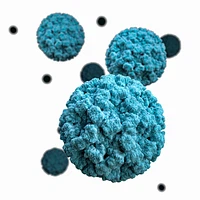

![[Submitted by Dr. Monsour]](https://mcstinger.net/wp-content/uploads/2025/10/IMG_2831-e1760629687602-1200x900.jpg)






